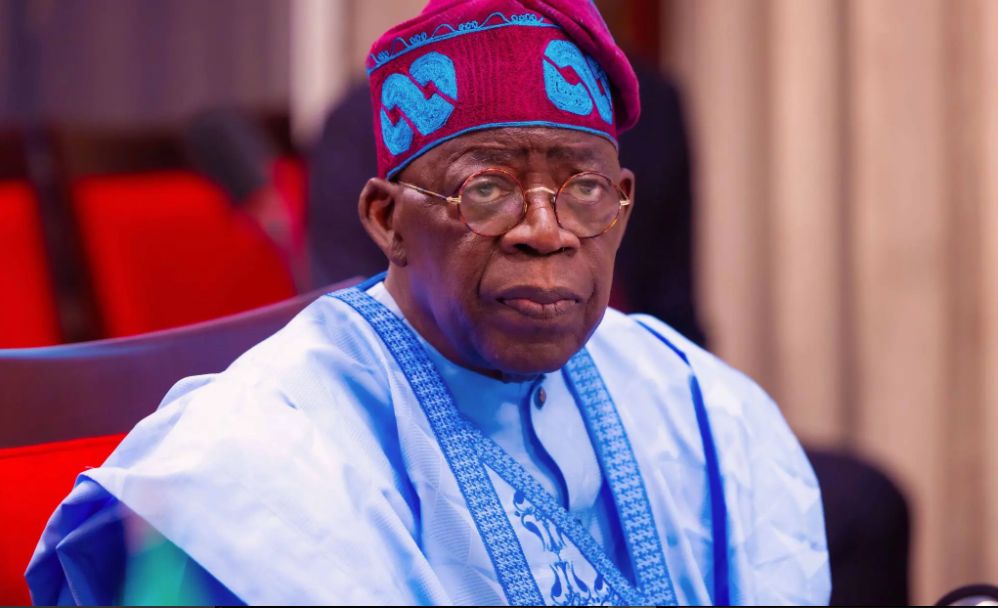After its Independence in the year 1960, Nigeria has experienced some highs and lows. It is not far from the truth that Nigeria remains one of the largest economies in West Africa, yet it was ruled for 29 years by the military.
Sir James Robertson was the last governor-general in the year 1959, although this was preceded by the British colonizers in 1914. The country went on to attain full independence in 1960.
Therefore, we will be looking at a comprehensive list of Nigerian Presidents who have governed the country from 1960 to date. Find below an extensive list of Nigerian presidents from 1960 till now.
READ ALSO: Who Was the First President of Nigeria
Sir Abubakar Tafawa Balewa
Following Nigeria’s independence, Sir Abubakar Tafawa Balewa served as the country’s first prime minister from 1959 until 1966. Tafawa Balewa was helped by the unity of the (NPCs), the Northern People’s Congress.
He was also assisted by his headliner, Ahmadu Bello, who was the Sardauna of Sokoto and the controller of the Northern Region.
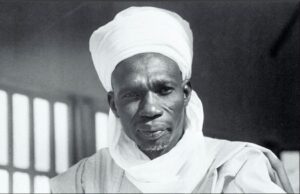
The First Republic From 1963-1966
Nigeria’s transition to a republican government in 1963 was marked by political instability and unrest. After gaining independence from the United Kingdom, the country adopted a federal parliamentary system with Abubakar Tafawa Balewa as prime minister and Nnamdi Azikiwe as president.
However, the 1964 elections were plagued by violence and allegations of fraud, leading to the continued dominance of the Northern People’s Congress (NPC) and Balewa’s reappointment.
The fragile democratic order was shattered in January 1966 when a group of army officers, led by Major Chukwuma Nzeogwu, staged a coup and assassinated Balewa and other key political figures.
This paved the way for the military rule of General Johnson Aguiyi-Ironsi, whose attempts to abolish the federal structure were met with resistance.
Regardless, Aguiyi-Ironsi’s reign was short-lived, as he was overthrown and killed in a counter-coup led by Lieutenant Colonel Yakubu Gowon in July 1966.
Gowon’s tenure was marked by the secession of the Eastern region, which declared itself the independent Republic of Biafra in 1967, sparking a devastating civil war that lasted until 1970.
Gowon’s government also undertook administrative reforms, including dividing the country into 12 states, to consolidate central authority. His rule ended in 1975 through a bloodless coup, paving the way for the ascension of General Murtala Mohammed.
Mohammed initiated significant administrative changes, including relocating the capital from Lagos to Abuja. However, his tenure was tragically cut short by an attempted coup in which he was assassinated.
READ ALSO: List Of Governors Of Jigawa State (1991-Present)
The transition of power then fell to General Olusegun Obasanjo, who would later oversee Nigeria’s return to civilian rule in 1979.
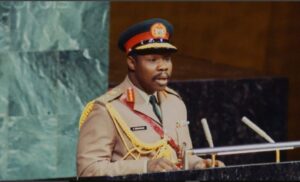
The Second Republic From 1979-1983
In 1978, during the administration of President Olusegun Obasanjo, the Federal Electoral Commission (FEDECO) was established to oversee the transition to civilian rule.
This paved the way for the 1979 general elections, which saw Shehu Shagari of the National Party of Nigeria (NPN) elected as the country’s president, marking the beginning of the Second Republic and the end of 13 years of military rule.
Shagari’s tenure was short-lived, as he secured a second term amid controversy, and the Second Republic came to an abrupt halt on December 31, 1983, when Brigadier General Sani Abacha staged a coup, ousting Shagari.
Muhammadu Buhari, then a Major-General, was installed as head of state with Brigadier-General Tunde Idiagbon as his deputy.
The political landscape continued to shift; This was because Army Chief Ibrahim Babangida orchestrated a palace coup, unseating Buhari and declaring himself president in August 1985.
Babangida’s presidency saw significant changes, including the creation of two new states in 1987, expanding the total number to 21, and the relocation of the federal capital to Abuja in 1991.
However, Babangida’s rule faced challenges, notably a failed coup attempt led by Gideon Orkar in April 1990, resulting in Orkar’s execution along with 48 implicated soldiers.
Undeterred, Babangida pressed on with his agenda, announcing the creation of nine additional states in August 1991, bringing the total to 30.
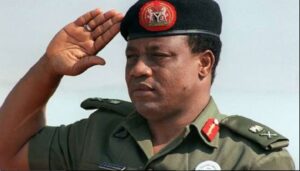
Third Republic: 1992-1993
In the early 1990s, Nigeria’s political landscape was marked by a tumultuous transition from military to civilian rule. In 1990, President Ibrahim Babangida pledged to end military rule and restore democracy in the country. However, he repeatedly postponed the transition dates, sowing uncertainty.
This culminated in the 1993 presidential election, which was won by Moshood Abiola of the Social Democratic Party (SDP). However, Babangida controversially annulled the election results, sparking widespread unrest and protests across Nigeria.
Faced with mounting pressure, Babangida stepped aside in 1993, handing power to an interim government led by Ernest Shonekan.
Shonekan’s rule was quickly declared illegal by Babangida’s ally, General Sani Abacha, who then seized power and returned Nigeria to a military dictatorship.
In response, pro-democracy activists formed the National Democratic Coalition (NADECO) in 1994, demanding Abacha’s resignation and the recognition of Abiola’s electoral victory.
Abiola was subsequently arrested and detained, and he died in custody in 1998 under mysterious circumstances. Abacha’s sudden death in 1998 paved the way for a swift transition to civilian rule under General Abdulsalami Abubakar.
READ ALSO: Complete List Of Current Senators Representing Kebbi State
Abubakar oversaw the transfer of power to a democratically elected government, marking the beginning of Nigeria’s Fourth Republic in 1999.
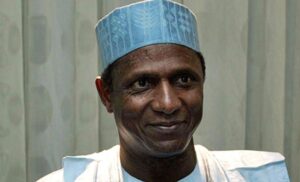
The Fourth Republic: 1999 till Date
Olusegun Obasanjo took office on May 29, 1999, following his victory in the presidential election, serving two terms until 2007. His successor, Umaru Yar’Adua, marked Nigeria’s first civilian-to-civilian transition.
Yar’Adua’s presidency was cut short due to health issues in 2009, leading to Goodluck Jonathan becoming acting president. Yar’Adua’s return to Nigeria ended with his passing in May 2010.
Jonathan completed Yar’Adua’s term and won the subsequent election in 2011. However, his presidential tenure suffered security challenges and the rise of violent groups, the major one being the Boko Haram insurgency.
In 2015, Muhammadu Buhari succeeded Jonathan, encountering economic and security difficulties during his two terms. Buhari’s presidency concluded with Bola Tinubu assuming the role of Nigeria’s 16th head of state in May 2023.

